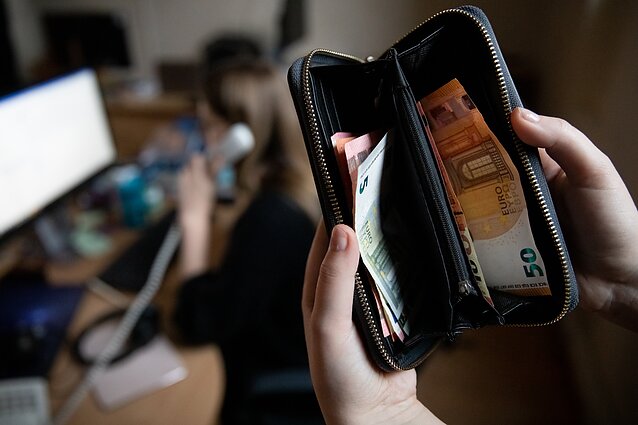
Rising Costs and Poverty Risk
Lithuania’s statistics office show some 585,000 people in the country lived below the poverty risk line in 2020. The poverty risk level stood at 20.9% in the country last year, up by 0.3% from 2019. The rate was 22.9% in 2017 and 2018. Compared to 2019, the poverty risk level for many groups rose or remained unchanged last year. The biggest risk was among unemployed people, where it rose by 2 points to 56.4%, and pensioners – up 4 points to 39.5%. The poverty risk level among children went down last year by 2.7 points to 20%.
In 2020, the poverty risk line amounted to 430 euros per month per person and 904 euros for a family of two adults and two children under 14. People with income below the amount of minimal consumption needs are considered to be living in absolute poverty. The amount stood at 257 euros last year.
Central heating prices will surge by around 30% on average across Lithuania, according to the National Energy Regulatory Council (VERT). People living in renovated buildings will see their monthly heating bills rise by around 6 euros on average this year compared to last year, and those in old buildings with poor insulation will pay about 30 euros more. The increase will be the highest in the lowest quality buildings, which account for about 17%.
Prices for biofuels, which make up 70% of the heat production on average, are now about 40% higher than last year, when they were at a record low. Cities where central heating energy is mainly produced from natural gas will see the sharpest rise.
Amid a surge in heating and electricity costs, the Lithuanian government has moved to cap the prices for consumers starting in January next year, spreading out the increase over five years.
Under the current rules, consumers using between 1,000 and 5,000 kilowatt-hours (kWh) of electricity annually have until mid-December to choose an independent supplier. This group of consumers, mainly residents of apartment blocks, might see electricity prices rise by up to 50% in January. The gas price for households using gas for cooking could increase by 50%, and those using gas for heating could see their bills soar by a shocking 80%.
News from LRT.lt





























